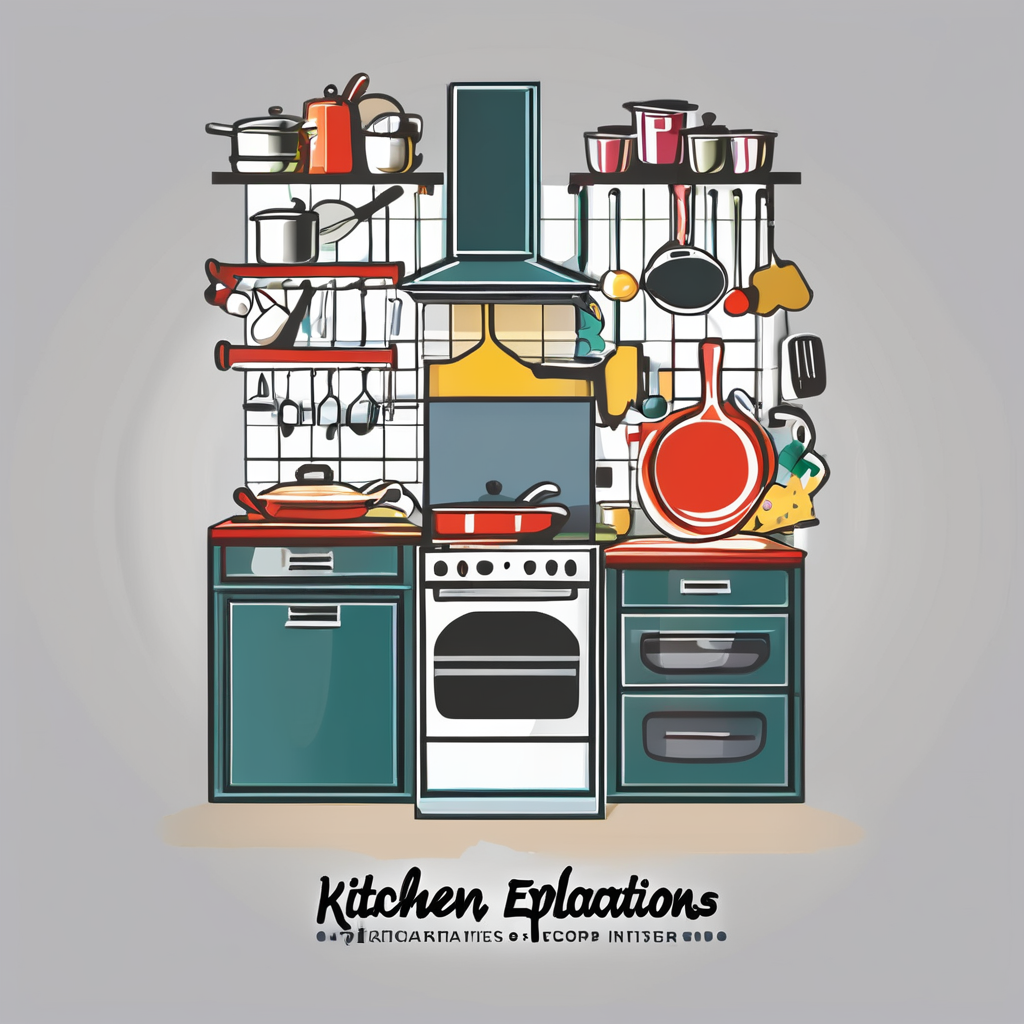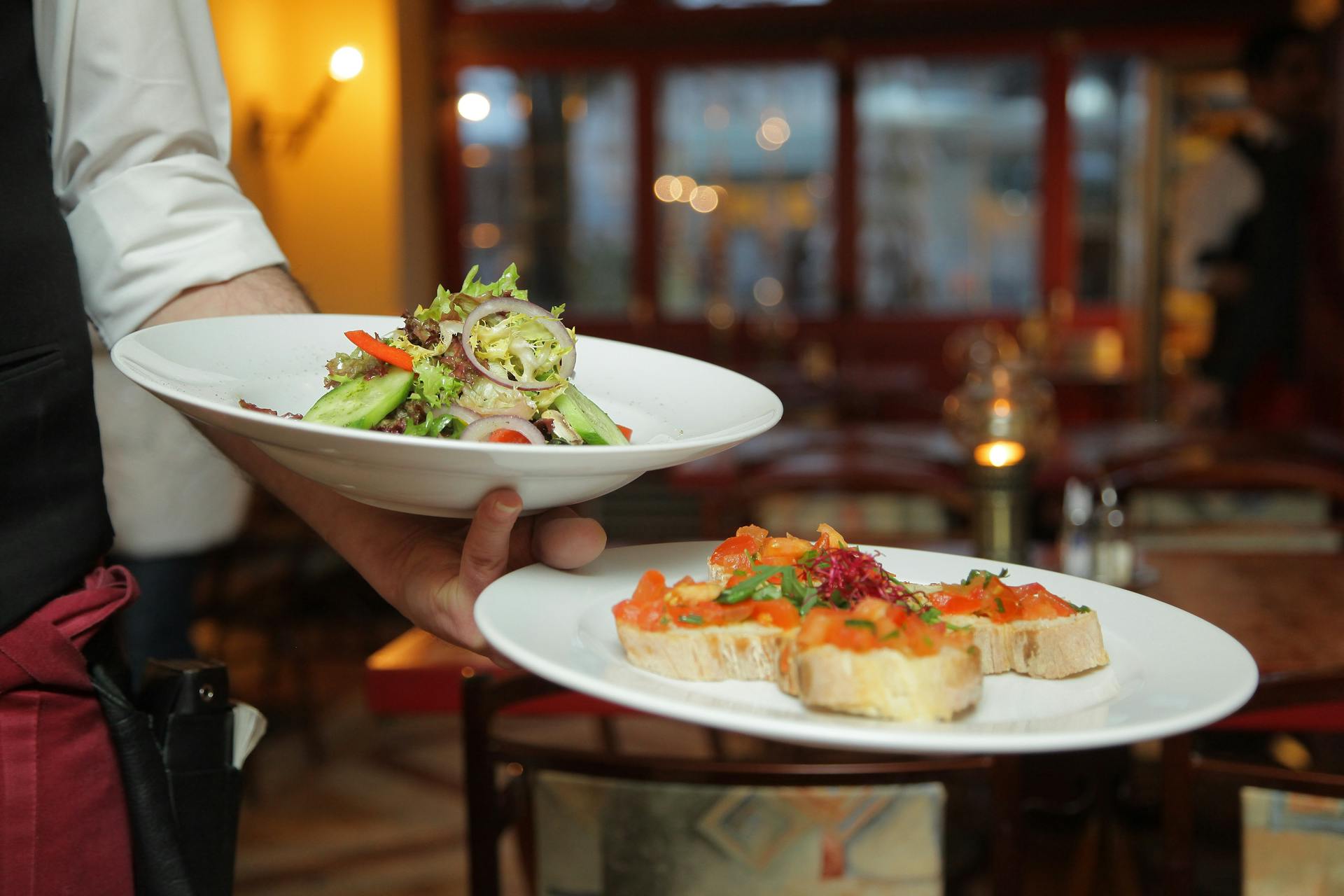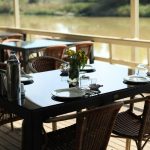Artisanal cheeses deserve more than just a spot on the menu; they require thoughtful storage and presentation to shine. Appropriately showcasing these culinary delights enhances the dining experience and sparks customer interest. This guide offers practical tips to help your restaurant elevate its cheese game, ensuring optimal freshness while captively displaying your selections. Delight your patrons and encourage them to explore the unique flavors of artisanal cheese through careful preparation and appealing aesthetics. Let’s enhance your cheese offerings together!
Understanding Artisanal Cheese Storage
The importance of temperature control in cheese storage cannot be overstated. Cheese is a living product, and its quality can significantly degrade if not stored under proper conditions. Ideally, cheese should be kept at temperatures between 7°C and 13°C. This range helps maintain the cheese’s texture and flavour profile, ensuring optimal cheese preservation.
Also to discover : Transforming family dining experiences: unleashing the potential of interactive tabletop games
Humidity also plays a crucial role in cheese quality. Too much moisture can lead to mould growth, while too little can cause the cheese to dry out. Aim for a relative humidity of 80% to 90%. This balance helps the cheese retain its moisture without becoming overly damp, preserving its intended taste and texture.
To achieve the best cheese storage conditions, consider these practices:
Have you seen this : Top Pest Control Strategies for Rural Gastropubs: Ensuring a Bug-Free Dining Experience
- Use a dedicated cheese compartment in your fridge or a cheese cave.
- Wrap cheese in breathable materials like wax paper or cheese paper to allow for air circulation.
- Regularly check the cheese for signs of spoilage and adjust storage conditions as necessary.
By understanding and implementing these strategies, you can ensure that your artisanal cheese remains fresh and flavourful for as long as possible. Proper cheese preservation techniques are essential for both enthusiasts and casual consumers alike.
Optimal Packaging Techniques
Proper cheese packaging is essential for maintaining the quality of artisanal cheeses. Different types of packaging materials can significantly impact the preservation of cheese. Cheese wrapping materials such as wax paper, cheese paper, or parchment paper are ideal as they allow the cheese to breathe while preventing excessive moisture loss. These materials help maintain the cheese’s natural moisture balance, crucial for preserving its flavour and texture.
When wrapping cheese, ensure that the wrap is snug but not too tight. This prevents air pockets, which can lead to spoilage. For soft cheeses, consider using a double layer of wrapping to provide extra protection. Firm and hard cheeses benefit from a single layer, allowing for some air circulation while keeping the cheese fresh.
Effective labeling is another important aspect of cheese preservation. Clearly label each cheese with its name, purchase date, and type. This practice aids in inventory management and ensures that older cheeses are consumed first, reducing waste. Regularly check your cheese stock and adjust storage conditions as needed to prevent spoilage.
By employing these optimal packaging techniques, you can extend the life of your artisanal cheeses and enjoy their rich flavours for longer periods.
Aesthetic Presentation of Cheeses
Creating an inviting cheese presentation is an art that enhances the dining experience. A well-arranged cheese board not only highlights the cheese’s flavours but also elevates its visual appeal. Begin by selecting a variety of cheeses that differ in texture and colour. This diversity adds interest and encourages guests to explore different tastes.
When arranging cheeses on a platter, consider their shape and size. Position larger pieces towards the centre and smaller ones around the edges. This layout creates a balanced look and makes it easier for guests to serve themselves. Use cheese boards made from materials like wood or slate to complement the cheese’s natural beauty.
Incorporate garnishes and accompaniments to enhance the presentation. Fresh fruits, nuts, and edible flowers add bursts of colour and contrast, making the board more visually appealing. These elements also provide complementary flavours, enriching the overall tasting experience.
Menu design plays a crucial role in guiding guests through their cheese journey. Clearly label each cheese with its name and origin. Providing tasting notes or pairing suggestions can further engage guests, transforming a simple cheese board into a memorable culinary adventure. By focusing on these aspects, you can create a cheese presentation that delights both the eyes and the palate.
Pairing Cheeses with Other Menu Items
Pairing artisanal cheeses with complementary menu items can elevate any dining experience. Cheese pairings are an art form that enhances the flavour profile of each cheese, making them more enjoyable. Popular food pairings include fruits like apples, pears, and grapes, which add a refreshing contrast to the rich, creamy textures of cheese. Nuts, such as almonds and walnuts, provide a crunchy texture that complements the smoothness of cheese.
Wine and cheese pairing is a classic combination that enhances both elements. The basic principle is to match the intensity of the cheese with the wine. For instance, a bold red wine pairs well with aged cheddar, while a light white wine complements soft cheeses like brie. By considering the flavour profiles, you can create a harmonious balance that delights the palate.
Creating a cheese-centric dish is another way to showcase multiple cheeses. Consider a cheese platter that features a variety of textures and flavours, from creamy blues to sharp cheddars. This approach not only highlights the diversity of artisanal cheeses but also offers guests an opportunity to explore different pairings. By thoughtfully selecting menu items, you can transform a simple cheese tasting into a memorable culinary experience.
Maintaining Freshness and Quality
Ensuring cheese freshness is paramount for maintaining its quality. Recognising signs of spoilage early is crucial. Look for changes in colour, unpleasant odours, or a slimy texture. These indicators suggest that the cheese is no longer at its peak and may need to be discarded.
Effective quality control involves regular inspection and rotation of cheese stock. Implementing a first-in, first-out (FIFO) system ensures older cheeses are used before newer ones, reducing waste. This practice not only maintains freshness but also optimises inventory management.
Educating staff on proper cheese management is essential. Training should cover the importance of maintaining consistent temperature and humidity levels, as well as correct handling techniques. Staff should be knowledgeable about different cheese types and their specific storage needs. This understanding helps in managing cheese stock effectively and maintaining its quality.
Regular staff meetings can reinforce these practices, ensuring everyone is up-to-date with the latest cheese handling standards. By focusing on these areas, businesses can preserve the integrity of their artisanal cheeses, offering customers the best possible product.
Utilizing Visuals for Engagement
In the world of artisanal cheese, high-quality images play a pivotal role in capturing consumer interest and enhancing marketing efforts. Effective food photography can transform a simple cheese offering into an enticing visual experience, drawing in potential customers and showcasing the cheese’s unique characteristics.
Styling cheese for photography involves attention to detail and creativity. Begin by selecting a variety of cheeses that offer a range of textures and colours. This diversity not only makes for an appealing image but also highlights the cheese’s unique qualities. Use props such as rustic boards, elegant cutlery, or fresh garnishes to complement the cheese’s natural beauty and create a visually striking composition.
Successful cheese displays in restaurants often incorporate these techniques. For instance, a well-lit cheese platter with thoughtfully arranged accompaniments can become the centrepiece of a menu, enticing diners to explore new flavours. Restaurants that invest in professional photography for their cheese offerings often find that these images serve as powerful marketing tools, both online and in print.
By focusing on cheese visuals, businesses can effectively communicate the quality and appeal of their products, ultimately driving customer engagement and sales.
Seasonal Considerations for Cheese Storage
Understanding the impact of seasonal cheese storage is essential for maintaining the quality and flavour of artisanal cheeses. Temperature fluctuations throughout the year can significantly influence storage conditions. During warmer months, higher temperatures may accelerate spoilage, necessitating stricter control of storage environments. Conversely, colder seasons may require adjustments to prevent cheeses from becoming too dry or losing their intended texture.
Choosing seasonal cheeses is a delightful way to enhance menu diversity and align with the natural cheese-making cycle. Many cheeses are produced at specific times of the year, reflecting the varying diets of dairy animals and the resulting milk quality. For instance, spring and summer cheeses often boast fresh, vibrant flavours, while autumn and winter varieties tend to be richer and more robust.
Adapting storage techniques to accommodate these seasonal changes is crucial. In summer, consider using cooler storage areas and increasing humidity levels to maintain cheese freshness. During winter, monitor humidity closely to prevent cheeses from drying out. By understanding and implementing these strategies, cheese enthusiasts can ensure that their selections remain at their peak, offering a dynamic and enjoyable tasting experience throughout the year.
Customer Education and Engagement
Enhancing the dining experience through effective customer interaction is key to fostering an appreciation for artisanal cheeses. Educating customers about cheese varieties, origins, and pairing possibilities can transform a meal into a memorable journey.
Cheese education can be achieved through interactive experiences, such as hosting cheese tasting events. These events allow diners to explore different cheese profiles and learn about their unique characteristics. By providing tasting notes and pairing suggestions, customers gain a deeper understanding of each cheese’s flavour and texture.
Incorporating social media into your strategy is another powerful tool for customer engagement. Platforms like Instagram and Facebook offer opportunities to showcase cheese offerings visually. Share behind-the-scenes content, such as the cheese-making process or stories about the cheese producers. This not only informs but also builds a connection between the consumer and the product.
Restaurants and cheese shops can further enhance customer interaction by training staff to share their knowledge enthusiastically. Well-informed staff can guide diners through cheese selections, recommend pairings, and answer questions, enriching the overall dining experience. By focusing on these strategies, establishments can cultivate a loyal customer base that appreciates the artistry behind artisanal cheeses.
Sourcing Quality Artisanal Cheeses
Selecting the right artisanal producers is crucial for ensuring high-quality cheese offerings. The first step in supplier selection is evaluating the producer’s commitment to traditional cheese-making methods and sustainable practices. These criteria ensure that the cheese not only tastes exceptional but also aligns with ethical sourcing values.
Local sourcing is another important aspect of cheese sourcing. By choosing local suppliers, businesses can enhance their menu appeal with fresh, regional flavours and reduce their carbon footprint. Local cheeses often reflect the unique characteristics of their environment, offering diners a genuine taste of the region.
Building strong relationships with cheese producers can lead to exclusive offerings that set your menu apart. Engaging directly with artisanal producers allows for better insight into their production processes and access to limited-edition or custom cheeses. This collaboration can result in unique menu items that captivate and delight customers.
By focusing on these elements, businesses can ensure their cheese selections are of the highest quality, providing a memorable dining experience that highlights the artistry and passion of artisanal cheese production.






